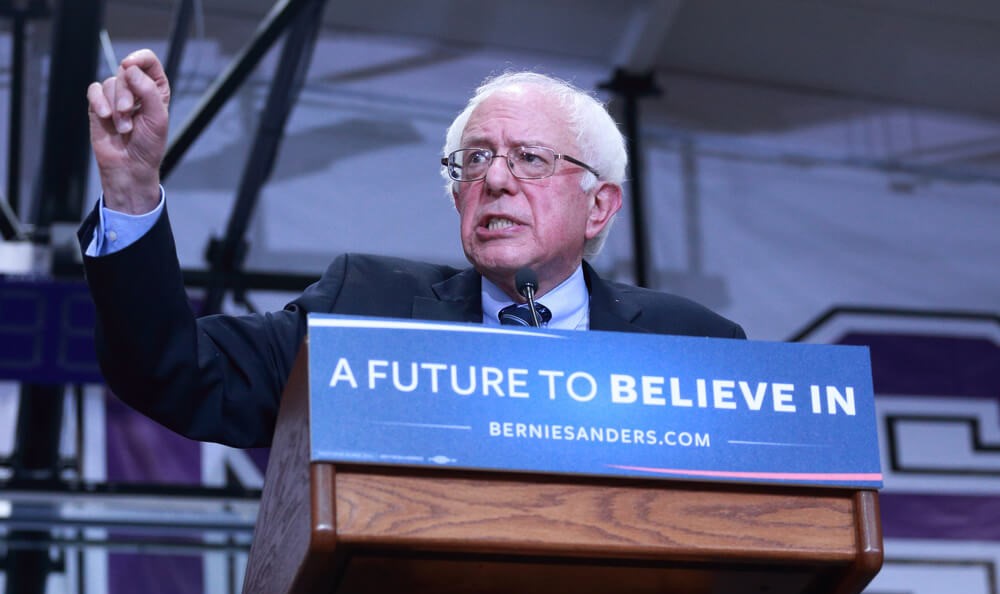General Motors Company (NYSE: GM) has done the unthinkable.
“If GM doesn’t want to keep their jobs in the United States, they should pay back the $11.2 billion bailout that was funded by the American taxpayer.”
By announcing that it is laying off 15 percent of its workforce and closing five plants in Michigan, Ohio, Maryland and Ontario, GM has brought liberals and conservatives together.
“The corporate greed of General Motors is destroying the social fabric of America,” Sen. Bernie Sanders, D-Vt., said via Facebook on Monday.
“If GM doesn’t want to keep their jobs in the United States, they should pay back the $11.2 billion bailout that was funded by the American taxpayer,” tweeted President Donald Trump.
If it’s one thing I’ve learned about politics over my life time, it’s that when both sides agree, the American people should be cautious. And General Motors is a perfect example.
Democrats like Sanders will always lash out at our “greedy corporate overlords.” Republicans, meanwhile, would not have said a word about GM’s layoffs if they had happened in 2017. In fact, they may have used GM’s layoffs as more fuel to throw on the tax-cut fire.
President Trump’s bashing of GM right now has more to do with political distraction and the emerging warning signs of a U.S. economic slowdown than the actual job cuts and plant closures.
In fact, if General Motors is guilty of anything, it’s bad timing.
For its part, GM had little choice in the matter. Despite rising demand for trucks and SUVs, car sales growth in the U.S. and China has nearly evaporated. Mainstay cars like the Buick LaCrosse and Chevy Cruze no longer draw customers to the show rooms.
As you might suspect, the plants that GM is closing are the centers for most of the company’s tanking car production. According to analysts’ estimates, the five GM plants being shut down are running at less than 80 percent capacity, making fewer than 300,000 cars compared to their 800,000 limit. Worker hours at the plants had already been cut from three shifts to just one.
So far, the data plays out in support of General Motor’s statement that the plant closures and layoffs are due to market demand.
But we’ll take this argument on step further. So far this year, Americans have bought more than 12 million SUVs and pickup trucks. That’s more than double the most popular car models in the U.S. And these SUVs and pickups have become a double-edged sword for GM this year.
Both vehicles use a lot more steel and aluminum to produce than their car counterparts, leaving GM in a lurch when it comes to tariffs. In fact, both GM and Ford estimate that Trump’s tariffs on steel and aluminum have impacted profits by more than $1 billion each.
Finally, even the Fed is now warning of market and economic risks. GM needed to ensure that it would survive the next downturn without another bailout. Along these lines, the plant closures and layoffs (which include cutting executive positions by a quarter, by the way) will reduce the company’s annual cost base by $6 billion by 2020.
So, President Trump and Sen. Sanders, what was General Motors supposed to do?
Continue losing money and beg for another bailout in a year or two just so it could keep your key voting demographics employed and happy at the polls? Or cut losing production lines for products most Americans don’t want anymore, shift its focus toward the future and protect the company’s future financial stability?
Clearly, GM decided on the politically inconvenient, latter option. And it did so because it had to.
After all, unlike the federal government, GM doesn’t have the option of racking up a trillion-dollar deficit and staying in business.
[totalpoll id=”7074″]




